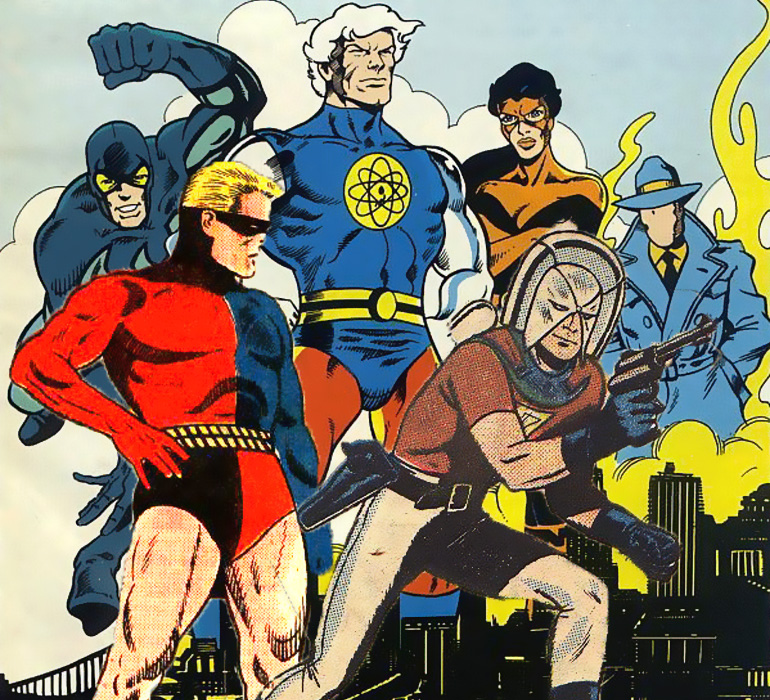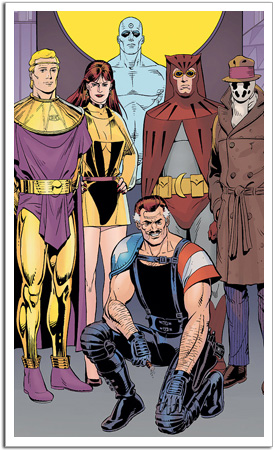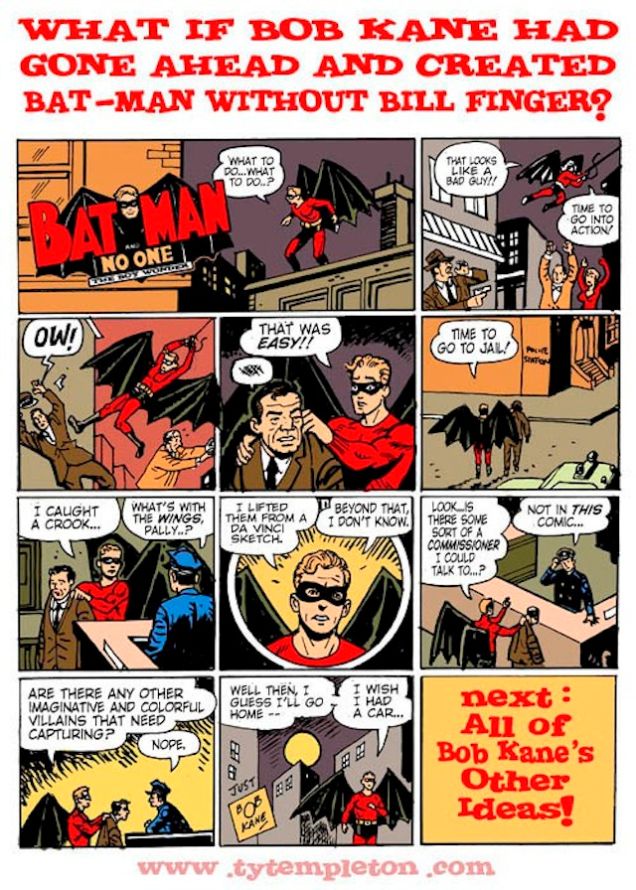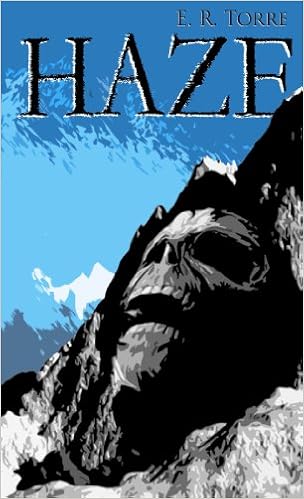Been a while since I posted an update on the latest Corrosive Knights novel, which will be #6 in the series and whose title I’m keeping to myself for a little bit longer.
Writing these books has been a blast even as they’ve also been a mighty struggle. I’m working with a series I feel is unique in many ways. To begin, the scope of the story is incredibly large, taking place over the course of some 20,000 plus years. Readers are offered events in different epochs which, when put together, form a much larger story.
While there have been plenty of stories featuring flashbacks and flash-forwards, I think its safe to say no series -at least none that I’m aware of!- features entire novels that take place in sometimes vastly different times, past and the future, while (hopefully!) logically building up the larger tale.
The five Corrosive Knights books plus the one I’m currently working on have been/will be released -and ideally should be read- in this order:

I say “ideally” but I’m not being entirely honest: The the first three books of the series, Mechanic, The Last Flight of the Argus, and Chameleon could be read in any order. They feature unique characters and take place in vastly different times and therefore one could read them in any order they choose.
However, by the time you reach Nox, Ghost of the Argus, and the unnamed Book #6, the continuity established in these first three novels kicks in and, while I think the later books could be enjoyed on their own, I HIGHLY recommend you read books 1, 2, and 3 before venturing into the ones that follow.
Now, if I were to tell the Corrosive Knights story in chronological order, i.e. each book’s main story occurring “one after the other” (and ignoring whatever flashback elements are presented within said novels), the story order would go like this:

That’s right: The book I’m currently working on, #6 of the Corrosive Knights series, actually takes place before the events of The Last Flight of the Argus and Ghost of the Argus. In fact, they take place a few hundred years before those books! Yet I would absolutely NOT recommend anyone read that book when it is released in a few short months (I’ll get to that in a second) before already reading the rest of the series and, in particular, The Last Flight of the Argus and Ghost of the Argus.
Why?
Because the events of those two books in particular fill in story concepts which have a big payoff in Book #6 and propels the reader into the Corrosive Knights series finale, which will be Book #7.
Fear not, thought. There will be an epilogue to the series, a Book #8, which will wrap certain things up that weren’t/aren’t wrapped up in Book #7. Book #8 will also offer what I hope is a great long view of the heroes we’ve followed for so long while focusing on one in particular. To further screw with your head, I’m already finished with the first draft of Book #8 but only have a chapter or so written (along with a general idea of the story) of Book #7.
Not only is my series presented in a quirky temporal way, so too it would appear is my creative output!
Now, getting back to Book #6:
I’ve been working on that book for many months now and have a great opening half and a great conclusion but I spent a lot of time filling in what happens between. I’ve written bits and pieces (amounting to some 30,000 words!) of material for that section but I knew it wasn’t quite coming together.
As I mentioned in previous blogs, writing for me is like a form of OCD. You spend almost every waking hour at one moment or another thinking about your current work and going through the possibilities of what may/may not work.
Then, about two weeks ago, I awoke at 2 in the morning (not an unusual thing for me) and my mind was racing. I was thinking about book #6 and that missing section and suddenly I had it. One scene after the other flowed through my mind all the way to the very end. Instead of going back to sleep, I headed to my desk and pulled out a yellow notepad and began writing what my fevered mind was giving me.
When I was done, I had five full pages of handwritten notes laid out detailing the second act of the novel leading up to the conclusion. I was so damn excited yet also so damn exhausted that I stumbled back to bed and crashed.
In the morning, I was so happy I wrote down all my thoughts because while I had a general idea of what I was going to do, some of the details were lost in my near dream state.
On Halloween night, while my wife was occupied with giving kids treats, I had another burst of nervous energy and wrote most of the book’s conclusion. Two days later, on November 2nd (this past Monday), I finished the whole thing and printed it out. I still want to go over those 30,000 words of material I wrote and see if they’re at all usable in the novel but the fact of the matter is that the first full draft is finally done and I can now move on to the editing phase.
All my novels, when reaching this phase, feel different. There have been books I’ve finished the first full draft that I know need a lot of work to be finalized. That doesn’t feel like the case here. I suspect I’ll need to go over this book a few times, at least three and possibly as many as six, but I have a feeling the editing process this time around won’t require as much work as with some other novels and therefore I feel (and hope!) this book will be ready to go perhaps as early as February.
I’m keeping my fingers crossed.
For those who have followed the Corrosive Knights series so far, I think you’ll find Book #6 another great addition to the series.
I’ll offer updates when the book is near ready!
Like this:
Like Loading...








